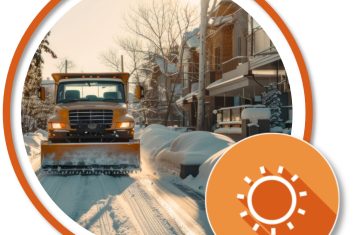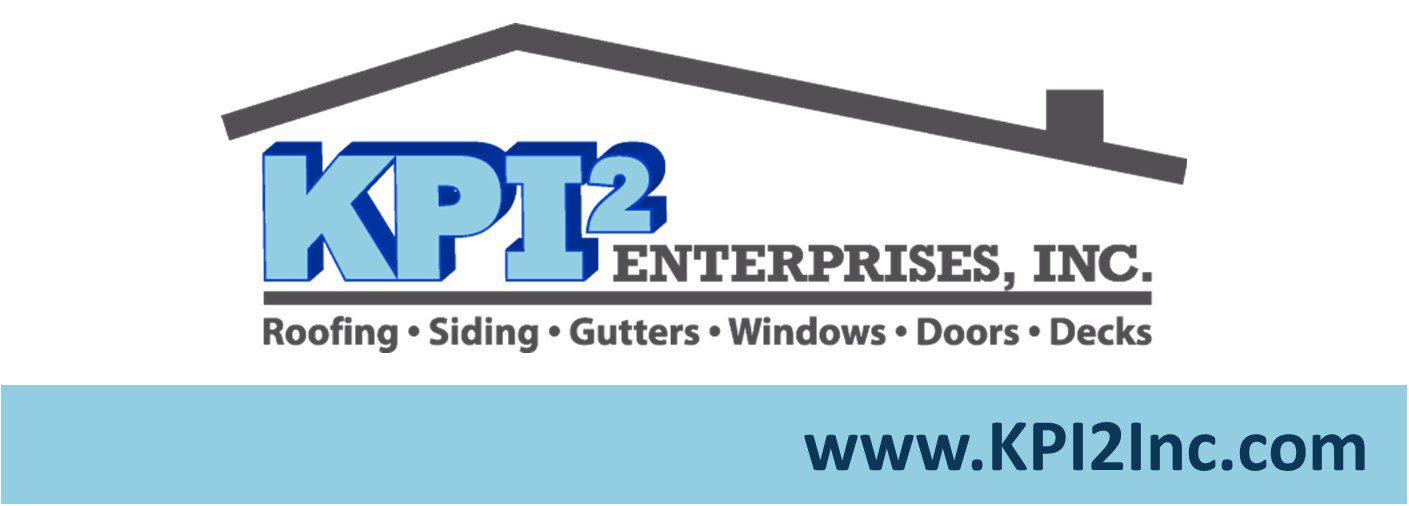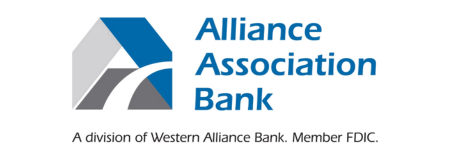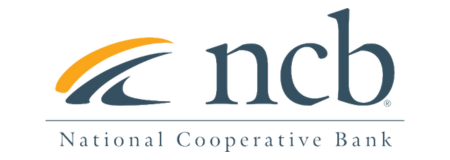I have worked in the landscape and snow industry for the past forty years and I can say without hesitation that snow and ice removal management has continually been the most challenging part of my experience. Winter weather can be unpredictable, hazardous, liability ladened, and downright emotional at times. For those of us in the field managing client expectations and employee/resource coordination, it involves a lot of long stressful days and sleepless nights. SNOW is definitely a four-letter word in our vocabulary.
Don’t get me wrong, every bit of that effort is worth it to keep you, the client, happy and safe. My goal today is to share a glimpse into our world and offer some advice about building an effective snow and ice management plan with your service partner.
The first thing to keep in mind is that snow is a 12-month business. It begins with selecting a contractor soon after the previous snow season ends and should wrap up late summer so you will be ready to go for a November 1st start date. My suggestion is that you have a decision made on a contractor 60 days before the beginning of the season and no later than October 1st. Your contractor will need time to secure equipment, labor, other service partners, etc. before the first snow event which will often occur in November.
Spend time during the selection process to find a contractor that is honest and reputable. Consider the community’s removal needs, removal budget, type of contract (i.e. time and material, per-event, seasonal) and potential liability from slip and falls. While budgetary concerns are important, you need spend time face-to-face with a prospective company. Reputable contractors are commutative in approach and will help you navigate through these needs. They should be able to help you create snow budgets and offer solutions to your individual needs. Transparency between the contractor and community manager is a must.
Work with your contractor to form a “Snow Plan” (to be shared with the entire community) for the season. This should include items such as maps, special needs of the community, high-priority areas, etc. This plan should also include the service trigger points (when does snow removal begin), if approvals are necessary for ice melt applications, miscellaneous items such as how you will handle parking spaces that are occupied during the event, any resident responsibilities in the removal process, and types of ice melting products to be used. Investigate everything possible to simplify operations at the point of service, including things as simple as where to use the bathroom (snow removal team members might have need for some “relief” during the event, so if there is the ability to provide access to facilities, it’s always be greatly appreciated!). This needs to be in place prior to the contract start date which is typically November 1st lasting until April 30th of the following year.
Remember, even with great planning, no two storms are alike. Each event poses different scenarios and challenges such as, but not limited to, type of precipitation, timing, and duration of the event. With that in mind, every storm requires strong communication and making necessary adjustments to serve a property correctly. Great communication often starts 72 hours before an event as it starts to take effect. Everything that can be adjusted and planned for before the first flake finds pavement, should be proactively handled as pivoting mid-event is far more difficult and costly.
If SNOW is a four-letter word, then LIABILITY may be considered an outright curse. As many of you know, slip and fall lawsuits typically come across your desk about 2 ½ years after the alleged fall, just before the statute of limitations is up. It is said that lawyers / defendants do this in hopes that there will be missing documentation and / or turnover of employees. They hope it will benefit their case against the community and contractor. As community managers, you need to make sure that your contractor has adequate coverage (especially liability coverage) and make sure you maintain a copy of the COI along with the executed contract. There might be other insurance needs like “Additionally Insured,” but whenever there is a lawsuit, all the parties are named in it regardless of what roll they played in the snow removal. I can share with you that we once were named in a lawsuit because we performed only the ground maintenance at a location, not snow removal services. Fortunately, the court removed us from the list of defendants, but just the time alone to show up in court and deal with the filing was wasted time and money.
Also, regarding liability, take the recommendations of the contractor for beginning of service and pre / post storm applications into serious consideration. We all know that removal is extremely expensive, but limiting or denying service creates risk of liability. We recommend these actions because it is our responsibility and while we understand if you decide against these services, contractors will ask for an email / text to decline service, in case there is lawsuit filed. Remember, a good contractor has probably been in the industry of snow removal for a long time and understands the complexity and challenges of most events.
In the end, all of snow removal and ice management comes down to people, the people who live and work on your property and the members of your snow removal team. Snow labor is a finite resource and requires long hours in harsh conditions. We understand emotions, especially of residents, can overflow when there is an event. Remember, the teams removing your snow are human just like you and me and they are trying to do their best, all while working in sometimes extremely miserable and often unpredictable conditions for an extended period. As community managers, be firm with residents to refrain from asking for “something special” from laborers because they need to get somewhere in a snowstorm. There should be zero tolerance for these requests as they can delay the removal further by breaking the “process” the crews are working in. If there is an actual emergency or medical need, there will be a supervisor on site that you will be able to contact to address the situation. Limit these requests to high priority situations, i.e. an ambulance or fire event.
Remember above all else, when you hire a snow removal partner, we are on your team. We are there to keep you and the people you serve as safe as possible. Good planning, communication, patience, understanding, and empathy on all parties make for a successful snow season and will help navigate most circumstances. SNOW may be a four-letter word, but so is the word MELT, which snow eventually does every spring. As I always say, Be SAFE!
ABOUT THE AUTHOR
John Mraz is the Operations Manager for LandCare, LLC, a full-service commercial landscaping company committed to connecting you and your residents and guests with the wonders of nature. With LandCare, you’ll make a lasting impression on everyone who lives in or visits your property. Learn more at www.landcare.com and contact John via email at: john.mraz@landcare.com.

















